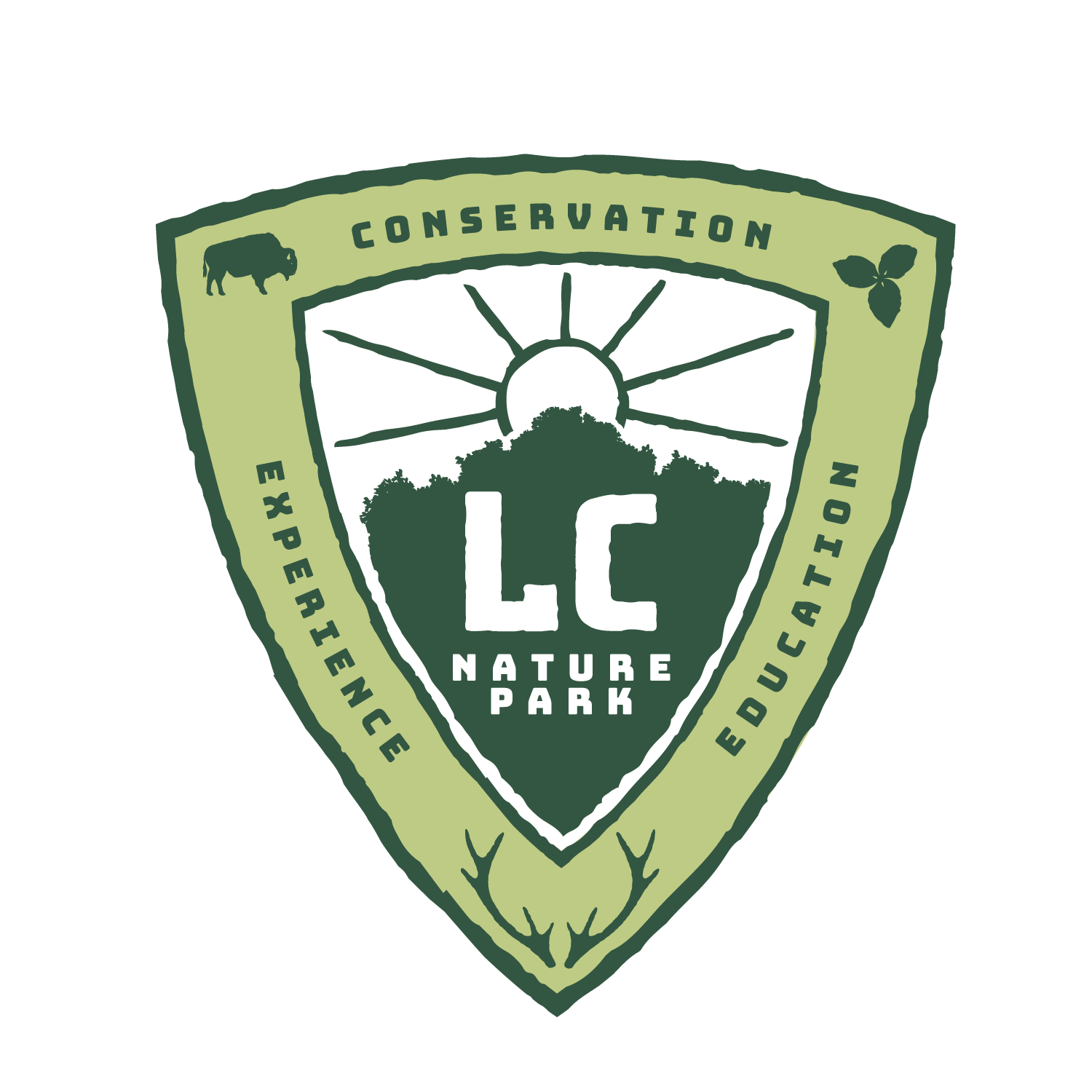
Bison & Elk Program:
State Standards Met
K-2.E-2 Develop a simple sketch, drawing, or physical model to illustrate and investigate how the shape of an object helps it function as needed to solve an identified problem.
K-2.E-3 Analyze data from the investigation of two objects constructed to solve the same problem to compare the strengths and weaknesses of how each performs.
K.LS.2 Describe and compare the physical features of common living plants and animals.
K.LS.3 Use observations to describe patterns of what plants and animals need to survive.
1.LS.1 Develop representations to describe that organisms have unique and diverse life cycles but all have in common birth, growth, reproduction, and death.
1.LS.2 Develop a model mimicking how plants and /or animals use their external parts to help them survive, grow, and meet their needs. Explore how those external parts could solve a human problem.
1.LS.3 Make observations of plants and animals to compare the diversity of life in different habitats.
1.LS.4 Use a model to represent the relationship between the needs of different plants and animals (including humans) and the places they live.
2.LS.1 Determine patterns and behavior (adaptations) of parents and offspring that help offspring survive.
2.LS.2 Compare and contrast details of body plans and structures within the life cycles of plants and animals.
2.LS.3 Classify living organisms according to variations in specific physical features (i.e. body coverings, appendages) and describe how those features may provide an advantage fur survival in different environments.
3.LS.1 Analyze the evidence that plants and animals have traits inherited from parents and that variation of these traits exists in a group of similar organisms.
3.LS.4 Construct an argument that some animals form groups that help members survive.
4.LS.1 Observe, analyze, and interpret how offspring are very much, but not exactly, like their parents or one another. Describe how these differences in physical characteristics among individuals in a population may be advantageous for survival and reproduction.
4.LS.2 Use evidence to support the explanation that a change in the environment may result in a plant of animal will survive and reproduce, move to a new location, or die.
4.LS.3 Construct an argument that plants and animals have internal and external structures that function to support survival, growth, behavior, and reproduction in different ecosystems.
5.LS.3 Use a model to describe that animals receive different types of information through their senses, process the information in their brain, and respond to the information in different ways.
6.LS.1 Investigate and describe how homeostasis is maintained as living things seek out their basic needs of food, water, shelter, space, and air.
6.LS.2 Describe the role of photosynthesis in the flow of energy in food chains, energy pyramids, and food webs. Create a diagram to show how the energy in animals’ food used for bodily processes was once energy from the sun.
6.LS.2 Describe specific relationships (predator/prey, producer/consumer, parasite/host) and symbiotic relationships between organisms. Construct an explanation that predicts why patterns of interactions develop between organisms in an ecosystem.
8.LS.7 Recognize organisms are classified into taxonomic levels according to shared characteristics. Explain how an organism’s scientific name correlates to these shared characteristics.
8.LS.8 Explore and predict the evolutionary relationships between species looking at the anatomical differences among modern organisms and fossil organisms.
8.LS.9 Examine traits of individuals within a species that may give them an advantage or disadvantage to survive and reproduce in a stable or changing environment.
(Download a PDF)
